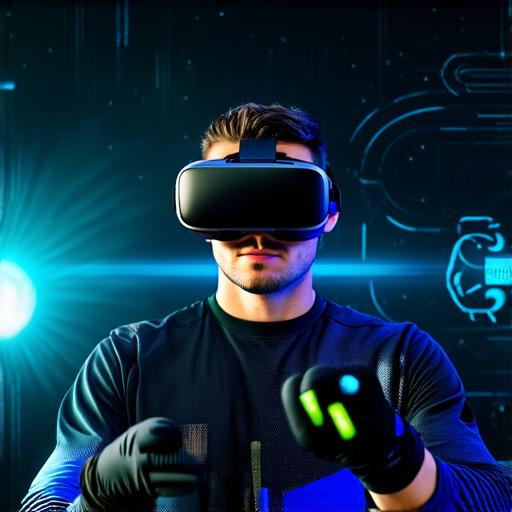
The Purpose and History of Virtual Reality Technology
Virtual reality (VR) technology is an immersive computer-generated simulation that allows users to experience a virtual environment as if they were physically present.
History of Virtual Reality Technology
Virtual reality has its roots in the early days of computer science and artificial intelligence. In the 1960s, researchers at the University of Utah developed a head-mounted display (HMD) that allowed users to experience a virtual world. The HMD used stereoscopic displays to simulate depth perception and created an illusion of being in a three-dimensional space.
In the 1970s, VR technology was further developed by researchers at Stanford University, who created a system called the Sword of Damocles. This system used a hanging display that tracked the user’s head movement and provided a more realistic experience.
The first commercial VR product was released in 1992, but it wasn’t until the 2000s that VR technology started to gain popularity. The release of the Oculus Rift and HTC Vive in 2016 marked a significant milestone in the development of consumer-grade VR systems.
Purpose of Virtual Reality Technology
The purpose of VR technology is to create an immersive experience that can be used for various applications. Some of the most common applications of VR technology include gaming, education, training, and therapy.
Gaming is one of the most popular applications of VR technology. With VR, users can experience games in a way that was previously not possible. They can interact with the game environment as if they were physically present, and this creates a more engaging and immersive gaming experience.
Education is another area where VR technology has a significant impact. With VR, students can learn about history, science, and other subjects in a more interactive and engaging way. For example, VR simulations can be used to teach students about ancient civilizations or the solar system.
Training is another application of VR technology. Many industries use VR simulations to train their employees in a safe and controlled environment. For example, pilots can use VR simulations to practice flying without risking their lives or damaging equipment.
Therapy is another area where VR technology has made a significant impact. VR therapy can be used to treat conditions such as anxiety, depression, and PTSD. By providing a controlled environment that simulates real-life situations, VR therapy can help patients overcome their fears and improve their mental health.

Impact of Virtual Reality Technology on Society
Virtual reality technology has had a significant impact on society since its inception. It has revolutionized the way we experience games, learn, train, and even heal.
One of the most significant impacts of VR technology is the way it has changed the gaming industry. With VR, games have become more immersive and engaging than ever before. This has led to a surge in demand for VR hardware and software, which has driven innovation in the industry.
Another impact of VR technology is the way it has transformed education. By providing a more interactive and engaging learning experience, VR technology has helped students learn more effectively and retain information better.
VR technology has also had a significant impact on the training industry. By allowing employees to practice skills in a safe and controlled environment, VR technology has helped reduce the risk of accidents and improve overall productivity.
Finally, VR technology has made a significant impact on the healthcare industry. By providing a controlled environment that simulates real-life situations, VR therapy has helped patients overcome their fears and improve their mental health.
Summary
Virtual reality technology is an immersive computer-generated simulation that allows users to experience a virtual environment as if they were physically present.